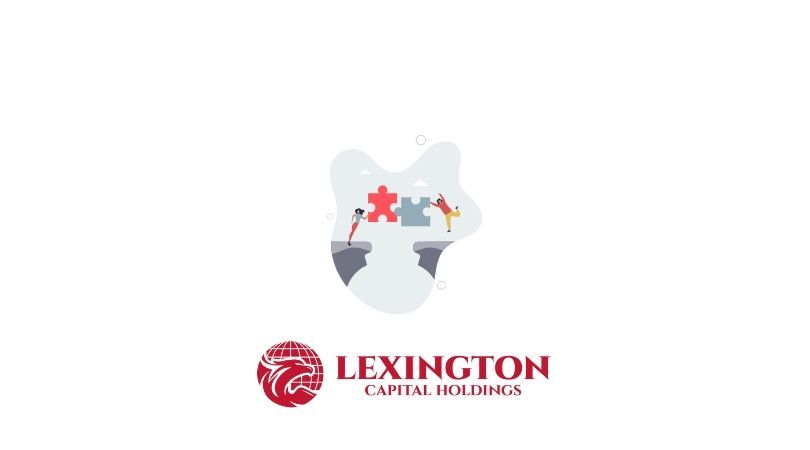Sky's the Limit: Drones Pioneering Construction Innovation
Sky's the Limit: Drones Pioneering Construction Innovation
In the rapidly evolving landscape of construction technology, drones have emerged as a pivotal tool, transforming traditional practices into a new era of efficiency and precision. The advent of drone technology in construction site operations is revolutionizing the way projects are surveilled, inspected, and monitored. This article delves into the multifaceted roles of drones in modern construction, highlighting their impact on surveying accuracy, project progress monitoring, and adherence to safety standards.
Enhancing Surveying and Site Inspection
The initial phase of any construction project involves thorough site inspection and surveying to ensure accurate project planning and execution. Traditionally, this process was time-consuming and often prone to human error. However, drones have significantly improved the precision and efficiency of these tasks. Equipped with high-resolution cameras and advanced scanning technology, drones can capture detailed aerial images and generate topographic maps and 3D models of construction sites. This capability allows for precise measurements, better site analysis, and informed decision-making, enabling project managers to plan projects with a higher degree of accuracy.
Revolutionizing Project Progress Monitoring
One of the most significant advantages of using drones in construction is the ability to monitor project progress in real-time. Drones provide a bird's-eye view of the construction site, making it easier to assess work progress, manage resources, and identify any deviations from the plan promptly. Regular drone flights can capture comprehensive visual documentation of a project, allowing stakeholders to review progress without needing to be physically present on site. This not only saves time but also enhances communication among project teams and stakeholders, ensuring everyone is aligned and informed about the project's status.
Ensuring Compliance with Safety Standards
Safety is paramount in construction, and drones are playing a crucial role in enhancing site safety. Through aerial surveillance, drones can identify potential safety hazards that might be difficult to spot from the ground. They can monitor compliance with safety protocols, such as the proper use of personal protective equipment (PPE) and adherence to restricted area boundaries. Drones can also conduct inspections in high-risk areas, reducing the need for human workers to enter potentially dangerous zones. By providing real-time data on safety compliance, drones help construction companies mitigate risks, reduce accidents, and maintain a safe working environment.
Overcoming Challenges and Looking Ahead
Despite their numerous benefits, the integration of drones into construction operations is not without challenges. Regulatory compliance, privacy concerns, and the need for specialized training are among the hurdles that construction companies face when adopting drone technology. However, as regulations evolve and the construction industry becomes more familiar with drone operations, these challenges are gradually being overcome.
The future of drones in construction looks promising, with ongoing advancements in drone technology and data analytics opening up even more possibilities for innovation. From automated drone flights to advanced data processing algorithms, the potential for drones to further enhance efficiency, accuracy, and safety in construction is immense.
In conclusion, drones are not just a technological novelty but a transformative force in the construction industry. By improving surveying and site inspection, enabling real-time progress monitoring, and enhancing safety compliance, drones are setting new standards for efficiency and precision in construction projects. As the industry continues to embrace this technology, the role of drones in construction is set to expand, driving innovation and shaping the future of construction operations.

When you apply for business funding, your application goes through a critical stage—underwriting. This is where lenders evaluate risk and determine whether your business qualifies for financing, and under what terms. Understanding what underwriters look for can help you strengthen your application, avoid delays, and increase your approval odds.

Not every business enjoys a steady stream of income. For many companies—especially those in seasonal industries, contracting, or project-based work—revenue can shift dramatically from month to month. These ups and downs are normal, but they can make managing cash flow, payroll, and operating expenses challenging. At Lexington Capital Holdings, we understand that fluctuating revenue doesn’t mean instability—it just means you need the right financial tools to stay balanced and grow confidently.

The Challenge of Hyper-Growth For many startups, growth isn’t the problem—it’s managing it. Rapid scaling demands capital for hiring, marketing, technology, and operations. But too often, founders find themselves cash-strapped right when they need resources the most. Choosing the right financing strategy can be the difference between sustainable growth and burning out too soon.

When it comes to business financing, the terms you secure are just as important as the funding itself. Lower interest rates, flexible repayment schedules, and higher approval amounts can mean the difference between simply surviving and setting your business up to thrive. The good news? Business owners often have more negotiating power than they realize. At Lexington Capital Holdings, we’ve seen firsthand how preparation and strategy can help secure stronger terms. Here’s how you can do the same:

For many businesses, waiting on customer payments can feel like standing still when you’re ready to move forward. Delayed invoices, extended payment terms, or slow collections create cash flow gaps that make it harder to cover expenses, pay employees, or seize new opportunities. The truth is—even successful, profitable companies face this challenge. The key isn’t avoiding it, but managing it strategically with the right funding solutions

Securing business funding is a milestone—but the real impact comes from how you put that capital to work. Every dollar borrowed should fuel momentum, strengthen operations, and generate measurable returns. Unfortunately, too many businesses stop at “getting approved” and miss the chance to maximize their return on investment (ROI). At Lexington Capital Holdings, we believe funding isn’t just about access to capital—it’s about creating opportunity. Here’s how to ensure your financing delivers the highest ROI:

In today’s fast-paced business environment, standing out from the competition requires more than just great products and services—it takes strategy, timing, and smart financial decisions. One of the most overlooked tools in building and maintaining a competitive advantage is business financing. When leveraged correctly, financing doesn’t just help you “get by”; it can actually position your business to outpace competitors and capture new opportunities.

In business, surprises aren’t a matter of if—they’re a matter of when. Whether it’s a sudden equipment breakdown, an unexpected dip in sales, or a market shift that requires quick adaptation, unforeseen expenses can test even the most successful companies. The difference between thriving and struggling often comes down to how well you’ve prepared.

When most business owners hear the word debt, it sparks feelings of stress or risk. But here’s the truth—debt isn’t always a bad thing. In fact, when managed strategically, debt can become one of the most powerful tools to grow, stabilize, and scale your business. At Lexington Capital Holdings, we work with business owners every day who are navigating this very question: Is taking on debt the right move for me? Let’s break down the difference between “good” and “bad” debt so you can make informed financial decisions.

In today’s business world, financing options are everywhere—but choosing the right path can feel overwhelming. From traditional bank loans to alternative lending solutions, the fine print and fast-changing requirements often leave business owners spending more time deciphering funding terms than actually running their businesses. That’s where the value of a dedicated funding advisor truly shines. At Lexington Capital Holdings, we’ve seen firsthand how personalized guidance can transform the funding experience for business owners of all sizes.

